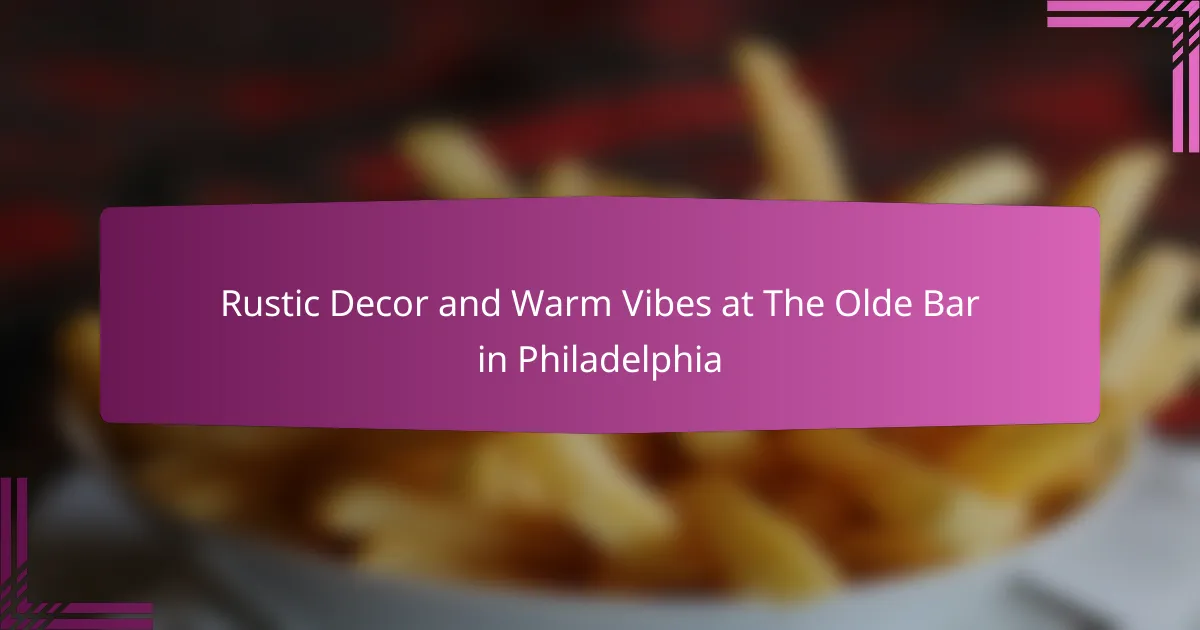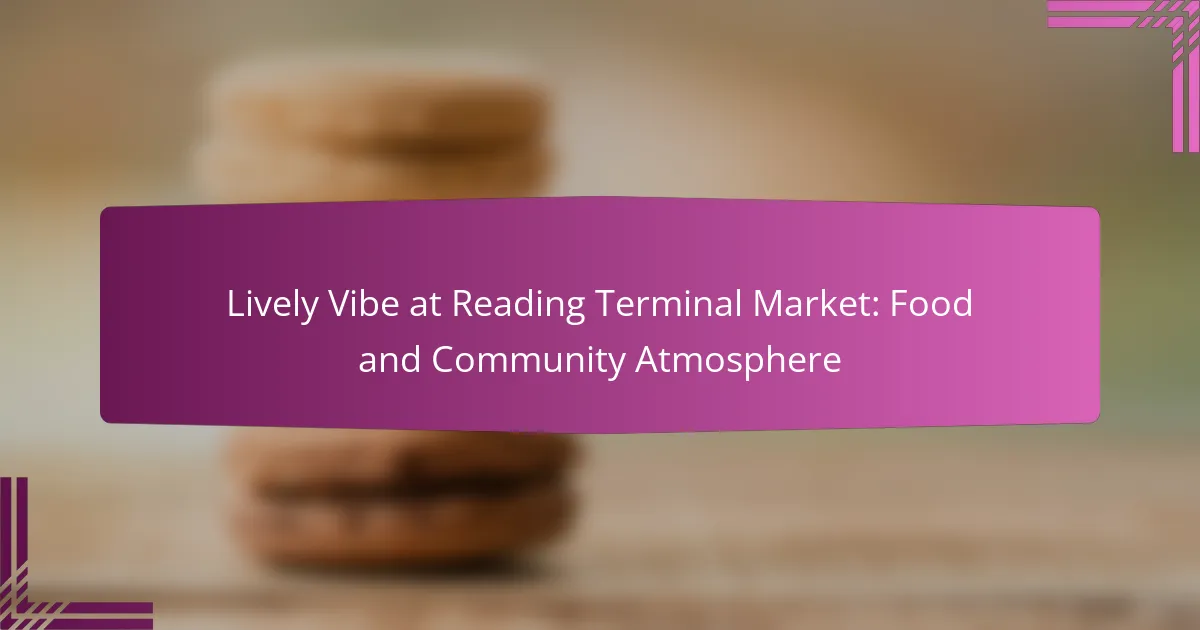
What Makes Outdoor Spaces Inviting at The Continental Mid-town?
The outdoor spaces at The Continental Mid-town are inviting due to their thoughtful design and ambiance. These areas feature comfortable seating arrangements that encourage relaxation and social interaction. Lush greenery and vibrant landscaping enhance the natural beauty of the surroundings. Ambient lighting creates a warm and welcoming atmosphere during the evening. Water features add a soothing sound element, promoting tranquility. The layout allows for both privacy and community, catering to diverse preferences. Seasonal decorations further enhance the inviting nature of these spaces. Together, these elements create a harmonious environment that attracts guests.
How does the design contribute to the atmosphere of outdoor spaces?
Design significantly contributes to the atmosphere of outdoor spaces. Thoughtful design elements create an inviting and comfortable environment. Features like seating arrangements encourage social interaction. Landscaping choices enhance visual appeal and provide shade. Color schemes influence mood and perception. Lighting design sets the ambiance for evening use. Materials selected can evoke a natural or modern feel. All these elements work together to create a cohesive atmosphere that attracts visitors.
What elements of design enhance comfort and relaxation?
Comfort and relaxation in design are enhanced by elements such as seating, lighting, and materials. Comfortable seating encourages users to linger. Soft cushions and ergonomic shapes promote a sense of ease. Ambient lighting creates a warm atmosphere. Natural light can also uplift mood and enhance relaxation. The use of natural materials, like wood and stone, fosters a connection to nature. Incorporating greenery, such as plants, improves air quality and adds tranquility. Color schemes should be soothing, with soft hues that calm the mind. These design elements collectively contribute to a serene environment.
How do color schemes influence the mood of outdoor areas?
Color schemes significantly influence the mood of outdoor areas. Warm colors like reds and oranges create a vibrant and energetic atmosphere. Cool colors such as blues and greens promote calmness and relaxation. Neutral colors provide a balanced and harmonious feel. Research indicates that color psychology affects emotions and behaviors. For instance, a study by K. A. Küller et al. found that color can alter perceptions of temperature and space. Additionally, well-chosen color schemes can enhance the aesthetic appeal of outdoor spaces, making them more inviting.
What role does landscaping play in creating inviting outdoor spaces?
Landscaping plays a crucial role in creating inviting outdoor spaces. It enhances the aesthetic appeal of an area. Well-designed landscapes incorporate diverse plants, trees, and flowers. This diversity attracts wildlife and promotes a sense of tranquility. Landscaping also includes functional elements like pathways and seating areas. These features encourage social interaction and relaxation. Studies show that green spaces reduce stress and improve overall well-being. The presence of landscaping can increase property value by up to 20%. Therefore, effective landscaping is essential for inviting outdoor environments.
Which types of plants are used to enhance the aesthetic appeal?
Ornamental plants are commonly used to enhance aesthetic appeal. These include flowering plants, shrubs, and trees. Popular choices are roses, hydrangeas, and boxwoods. Succulents and ferns also contribute to visual interest. Grasses, like ornamental grasses, add texture and movement. Additionally, tropical plants bring vibrant colors and exotic looks. The use of these plants can create inviting and visually pleasing outdoor spaces. Studies show that well-designed landscapes can improve mood and well-being.
How does the arrangement of greenery affect the overall atmosphere?
The arrangement of greenery significantly influences the overall atmosphere. Strategically placed plants can enhance visual appeal and create a sense of tranquility. Greenery can also improve air quality, which contributes to a healthier environment. Studies show that well-arranged plants can reduce stress levels among individuals. For example, a study by Kaplan and Kaplan (1989) found that natural settings promote relaxation and well-being. Additionally, greenery can serve as a natural sound barrier, reducing noise pollution. This creates a more serene outdoor space. Overall, the thoughtful arrangement of greenery fosters a welcoming and calming atmosphere.
What features are essential for an inviting outdoor experience?
An inviting outdoor experience requires comfortable seating, adequate shade, and appealing landscaping. Comfortable seating encourages relaxation and social interaction. Adequate shade protects guests from harsh sunlight. Appealing landscaping enhances the visual appeal of the space. Features like ambient lighting create a warm atmosphere during evening hours. Access to nature, such as gardens or water features, fosters a calming environment. Additionally, safety measures, like clear pathways and proper lighting, ensure guest comfort. These elements collectively contribute to a welcoming outdoor setting, promoting enjoyment and engagement.
How do seating arrangements promote social interaction?
Seating arrangements promote social interaction by facilitating communication and engagement among individuals. The layout of seating can encourage or discourage conversation. For example, circular or semi-circular arrangements create an inclusive atmosphere. This setup allows participants to easily see and hear each other. Research indicates that open seating fosters a sense of community. According to a study by the University of Cambridge, environments that support face-to-face interactions enhance social bonding. Additionally, varied seating heights and types can stimulate different forms of interaction. Overall, intentional seating design is crucial for promoting social connections.
What types of lighting are utilized to create a welcoming ambiance?
Warm lighting, such as soft white bulbs, is commonly utilized to create a welcoming ambiance. This type of lighting promotes relaxation and comfort. Ambient lighting, including string lights and lanterns, enhances outdoor spaces. Task lighting, like focused spotlights, adds functionality while maintaining a cozy feel. Accent lighting highlights specific features, creating visual interest. Layering different lighting types achieves depth and warmth in the environment. Studies show that well-lit spaces can improve mood and social interactions. The combination of these lighting types contributes significantly to the inviting atmosphere at venues like The Continental Mid-town.
How do seasonal changes impact the outdoor spaces at The Continental Mid-town?
Seasonal changes significantly impact the outdoor spaces at The Continental Mid-town. In spring, vibrant flowers bloom, enhancing the aesthetic appeal. Summer brings warmer temperatures, encouraging outdoor dining and social gatherings. Autumn showcases colorful foliage, creating a picturesque environment. Winter often necessitates adjustments, such as heating elements for comfort. Each season influences the design and atmosphere of the spaces. The management adapts the layout and decor to reflect seasonal themes. These changes foster a dynamic experience for visitors throughout the year.
What adaptations are made to maintain inviting atmospheres year-round?
Adaptations to maintain inviting atmospheres year-round include the use of seasonal plants and decor. These elements create visual interest and warmth. Additionally, outdoor heating systems are installed to provide comfort during colder months. Canopies and umbrellas offer shade in summer, enhancing usability. Lighting is strategically placed to ensure safety and ambiance at night. Furniture is selected for durability and comfort, accommodating various weather conditions. Regular maintenance is performed to keep spaces clean and appealing. These adaptations contribute to a welcoming environment throughout the year.
How do seasonal plants contribute to the overall design?
Seasonal plants enhance overall design by providing dynamic visual interest throughout the year. They add color and texture that change with each season. This variety creates a vibrant atmosphere that attracts visitors. Seasonal plants can also complement architectural features and hardscapes. For example, spring blooms can soften the look of stone pathways. In summer, lush foliage offers shade and a cooling effect. Autumn colors bring warmth and richness to the landscape. Winter arrangements can include evergreens for continuity. The strategic use of seasonal plants can elevate the aesthetic appeal and functionality of outdoor spaces.
What are the best practices for maintaining inviting outdoor spaces?
Best practices for maintaining inviting outdoor spaces include regular cleaning, proper landscaping, and adequate seating arrangements. Cleaning involves removing debris and litter to create a tidy environment. Landscaping should focus on native plants that require less maintenance. Regular pruning and watering are essential for plant health. Seating arrangements should be comfortable and strategically placed to encourage social interaction. Adequate lighting enhances safety and ambiance during evening hours. Additionally, incorporating decorative elements like art or water features can enhance the aesthetic appeal. These practices contribute to a welcoming atmosphere that attracts visitors.
How often should landscaping be updated to ensure appeal?
Landscaping should be updated every 3 to 5 years to maintain appeal. Regular updates prevent plants from becoming overgrown or unhealthy. Seasonal changes also necessitate adjustments for visual interest. Additionally, trends in landscaping design evolve, requiring updates for modern aesthetics. A well-maintained landscape enhances property value and curb appeal. Studies show that attractive landscaping can increase property value by up to 15%.
What maintenance routines are essential for outdoor furniture and features?
Essential maintenance routines for outdoor furniture and features include regular cleaning, protective treatments, and seasonal storage. Cleaning involves removing dirt and debris with mild soap and water. This prevents mold and mildew buildup. Protective treatments, such as applying sealants or weatherproofing sprays, enhance durability. Seasonal storage is crucial for preventing damage during harsh weather. For wooden furniture, sanding and refinishing may be needed every few years. Metal furniture should be checked for rust and treated accordingly. Regular inspections help identify wear and tear early. These practices extend the lifespan of outdoor furniture and maintain its appearance.
The Continental Mid-town features inviting outdoor spaces characterized by thoughtful design elements that enhance comfort and social interaction. Key aspects include comfortable seating arrangements, lush landscaping, ambient lighting, and water features that promote tranquility. The article explores how design, color schemes, and landscaping contribute to the atmosphere, detailing essential features for an inviting experience and the impact of seasonal changes on outdoor spaces. Additionally, best practices for maintenance and updates ensure these areas remain appealing year-round, fostering a welcoming environment for guests.



